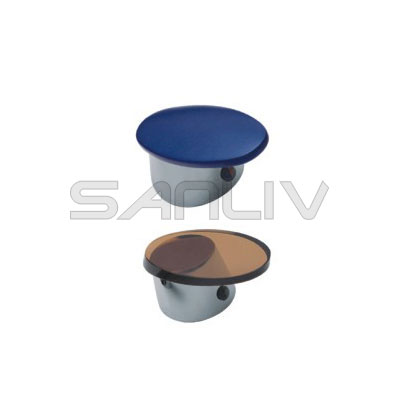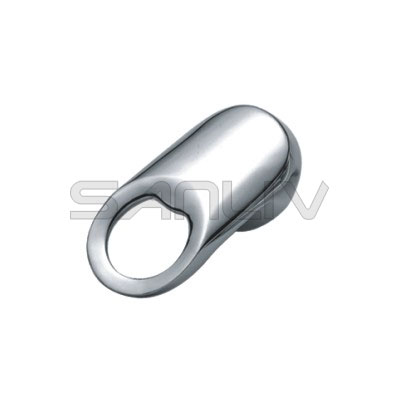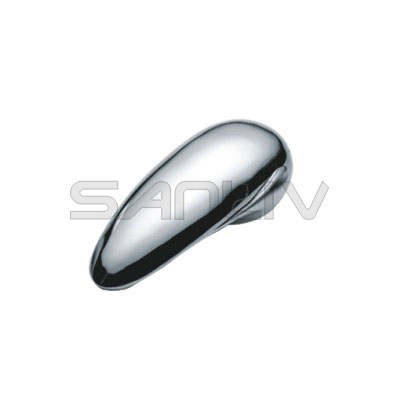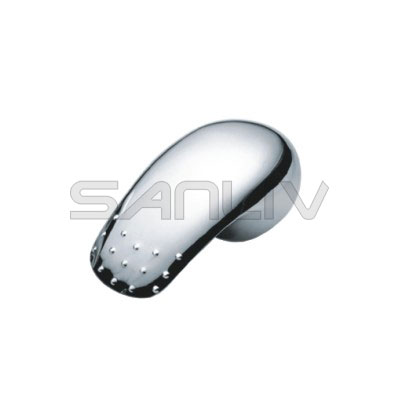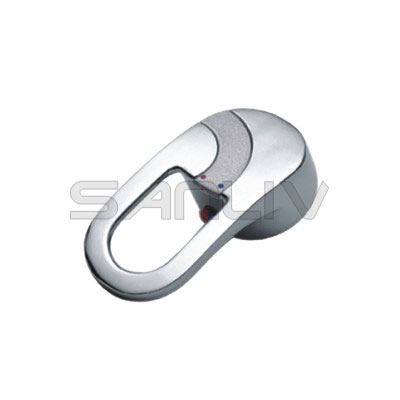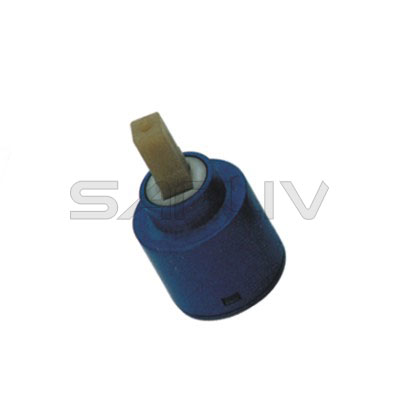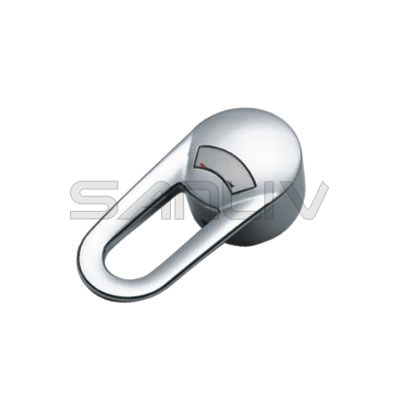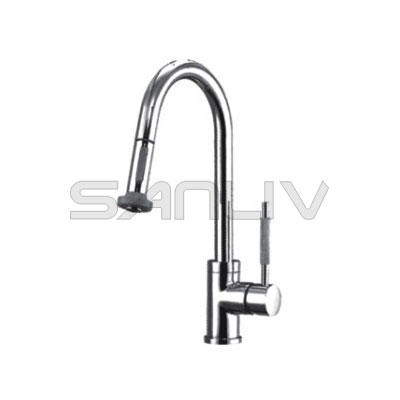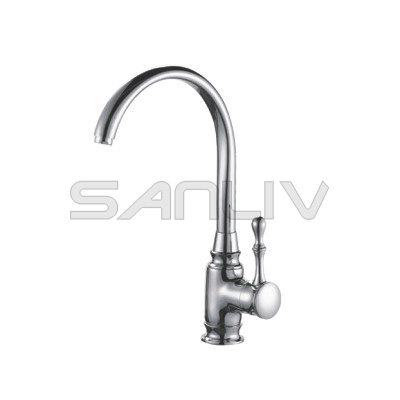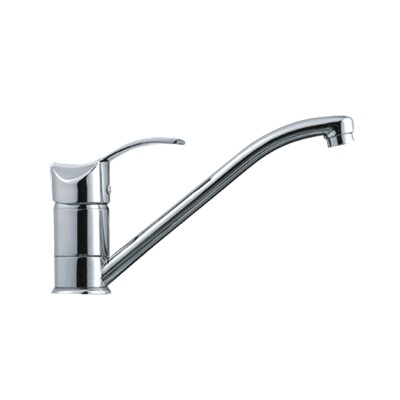How to choose the best suitable handle for your single handle faucet or two handle faucets? Style is often the dictator when it comes to choosing between a single-handle faucet and a double-handle faucet, but it’s important to look at the decision on faucet handles from a practical perspective as well. There are pros and cons to both a single-handle and double-handle faucet (or two-handle faucet, as it is also known) that you should be aware of.

Single Handle Faucets
Single handle faucets operate using a single lever or knob to open water flow, and they have a mixer inside them that blends hot and cold water together before they flow out of the faucet head.
From a practical standpoint, the best places to use a single handle faucet are:
- Kitchen sink. A single-handle kitchen faucet generally beats out a two-handle kitchen faucet when it comes to ease of use and convenience. If you’re dealing with raw meat or want to rinse a grimy dish rag, you may need to operate your faucet with one hand. If you have a double handle faucet, you’ll have to choose between turning on hot or cold, or waste water while you attempt to adjust to a comfortable temperature.
- Bathroom sink. The same rules apply for bathroom sinks, though to a lesser degree. Many people don’t mind two-handle bathroom sinks, but the single handle versions are easier to control, and are second only to automatic faucets for hygiene purposes because you touch the faucet much less.
- Shower. Shower faucets could really go either way, but a single handle shower faucet can help you better control initial water temperature, which can help you avoid cold shocks or hot water bursts. They’re also easier for making small temperature adjustments, as you only need to adjust one slippery handle instead of two.
Double Handle Faucets
Many people prefer the look of double-handle faucets, and are willing to sacrifice on convenience to have one. But from a purely practical perspective, double-handle faucets work best in the:
* Bathtub. Your skin won’t be exposed to bath water until the hot and cold have already mixed in the tub. Even if you do test the water from time to time, there’s no need to stick your hand under the running stream, so hot and cold mixing is less important.
* The laundry room. Many times you’ll only need either hot water or cold water exclusively, so having separate taps in the laundry room causes no problem at all. It may even be helpful to have the taps separated so you don’t have to worry about making adjustments.

